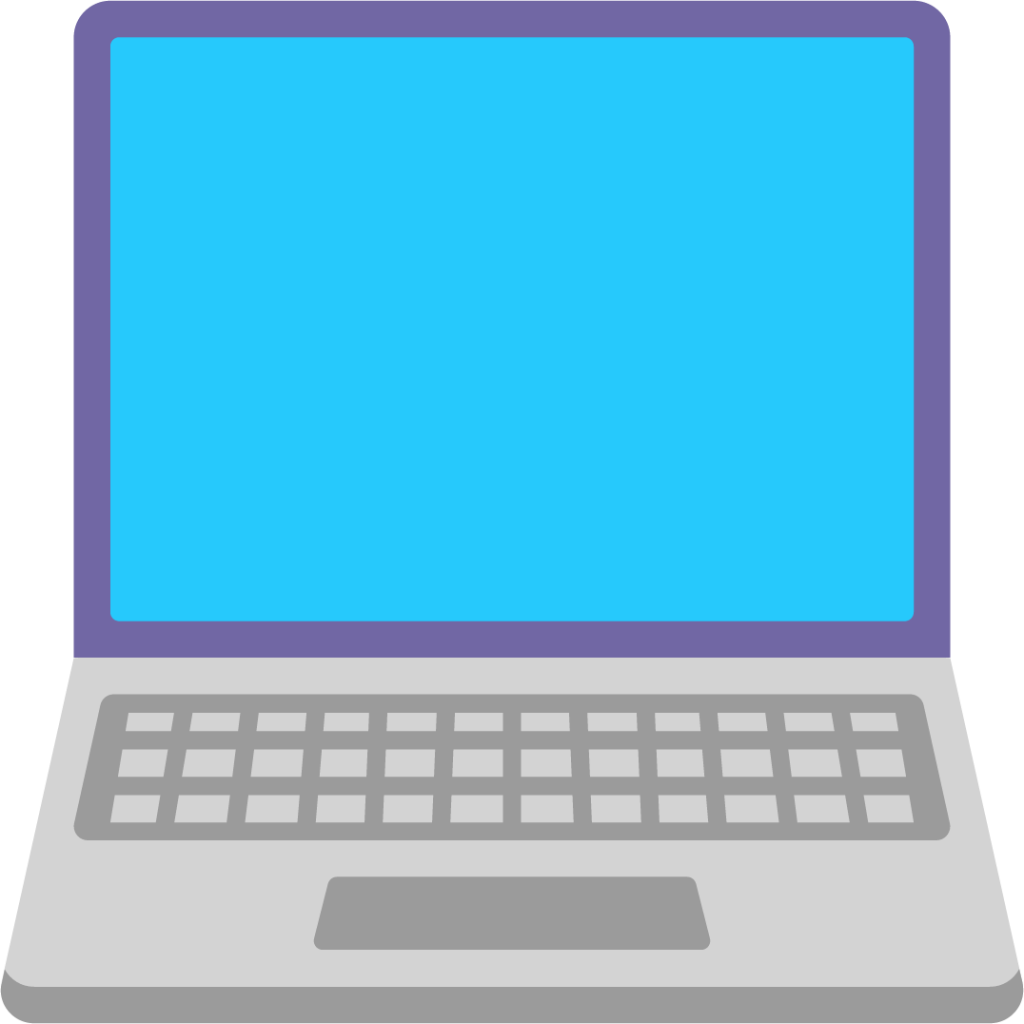How to Build a Successful Long-Term Relationship with Your Development Partner
Over the years, I’ve had the opportunity to work with several clients on engineering and development projects, and one thing I’ve learned is that success isn’t just about building great products—it’s about building great relationships. Whether you’re a startup founder working on your next big idea or a client seeking a trusted development partner, the steps you take after connecting with a potential partner are critical to the project’s long-term success.
In this post, I’d like to share some insights I’ve gained on what works best when starting and nurturing a productive, long-term engagement in engineering and development. These steps have helped me and my clients create not just successful projects, but partnerships built on trust, communication, and shared success.
1. Start by Building Trust
Trust is the foundation of any long-term collaboration. When I start working with a new client, I find that open and transparent communication is key. It’s important to understand their goals, challenges, and expectations right from the start.
If you’re working with a developer (or team), look for someone who listens carefully, asks the right questions, and provides honest feedback. Likewise, as a client, don’t hesitate to share your vision and be upfront about your needs. When both sides commit to transparency, it sets the tone for a strong and productive partnership.
2. Set Clear Communication Channels
One of the first things I do with a new client is establish clear communication channels and expectations. Whether it’s weekly catch-ups, detailed progress reports, or quick updates via Slack, knowing how we’ll stay in touch avoids confusion as the project progresses.
I’ve found that using tools like Trello or Jira for task tracking and breaking down deliverables into smaller milestones makes collaboration smoother. It’s not just about working efficiently—it’s about staying aligned and making sure everyone has visibility into the overall progress.
3. Plan Thoroughly and Document Everything
In my experience, the best projects start with a solid plan. Before jumping into development, I work with clients to define the project’s scope, timeline, and budget. This includes:
- Setting clear deliverables and milestones.
- Creating a realistic timeline that accounts for potential challenges.
- Agreeing on budgets and resource allocation upfront.
Documentation is another area I always prioritize. Whether it’s technical specifications, user stories, or a roadmap for the project, having everything in writing ensures that both sides are on the same page. A little extra effort here can save everyone a lot of time and frustration down the road.
4. Focus on Delivering Ongoing Value
A long-term engagement isn’t just about completing a project—it’s about consistently delivering value. I always aim to act as more than just a service provider. Whether it’s offering suggestions to improve code efficiency, enhancing the product’s user experience, or proposing scalable solutions, I believe in being a partner who’s invested in the client’s success.
For clients, it’s important to find a partner who’s proactive and willing to go the extra mile. If your developer is suggesting ways to improve your product or preparing it for future growth, it’s a sign they’re thinking about the bigger picture—and that’s exactly what you want in a long-term relationship.
5. Set Realistic Expectations and Stay Flexible
One of the biggest lessons I’ve learned is the importance of setting realistic expectations. No project is without challenges, but when those are anticipated and addressed early, they’re much easier to manage.
As a developer, I make it a point to communicate what’s achievable within a given timeline or budget. For clients, it’s helpful to recognize that unexpected hurdles are part of the process. A good partner will always have a plan to adapt and keep the project moving forward.
6. Think About Scalability and the Future
For startups especially, scalability is critical. I always encourage clients to think ahead—whether it’s designing a flexible architecture, writing modular and maintainable code, or integrating tools that can grow with their business.
Working with a development partner who’s thinking about the future ensures that your investment pays off in the long run. I also make it a priority to stay updated on the latest trends and technologies so my clients can benefit from innovations that give them a competitive edge.
Final Thoughts
At the end of the day, the most successful long-term engagements are built on trust, communication, and a shared commitment to delivering value. It’s not just about technical skills—it’s about having a partner who’s invested in your vision and willing to collaborate to make it a reality.
If you’re a startup founder or a client looking for engineering or development services, take the time to find a partner who aligns with your goals, communicates openly, and is prepared to grow with you. From my experience, when both sides are aligned and invested in the project’s success, the results can be truly transformative.
Let’s build something great together!


Newsletter
If you liked this post, sign up to get updates in your email when I write something new! No spam ever.
Subscribe to the Newsletter